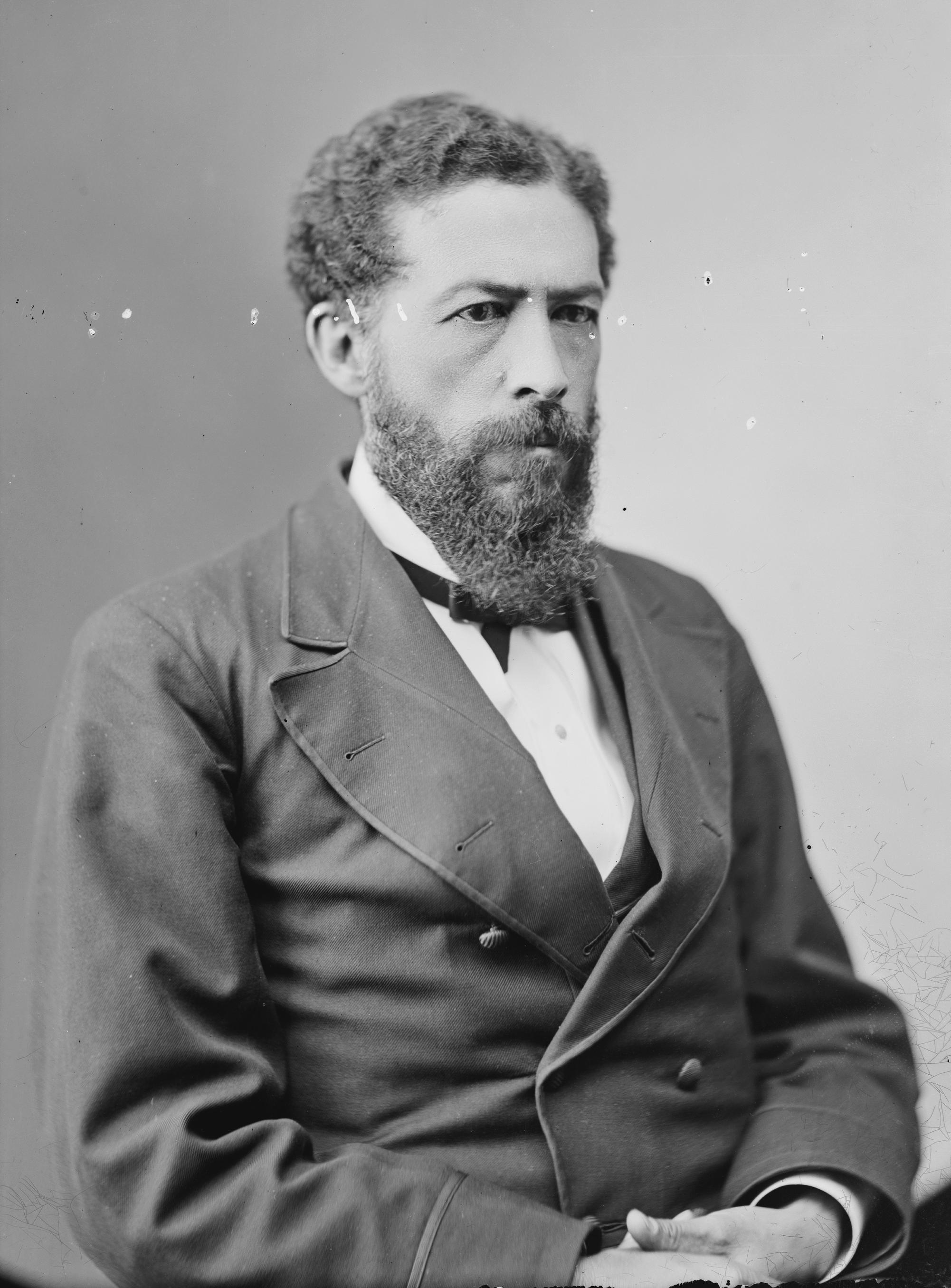Study finds mixed-race individuals are fastest-growing demographic group, most discriminated against
The Daily Targum: Serving the Rutgers community since 1869. Independent since 1980.
2016-03-31
The fastest growing racial group in the United States is mixed-race individuals, but they are also the ones experiencing increasing amounts of prejudice from white people, according to a study conducted by Jonathan Freeman, an assistant professor at New York University.
White individuals with lower interracial exposure tend to exhibit greater prejudice against mixed-race persons, according to the study run through NYU’s Department of Psychology.
“(These individuals) visually process racially ambiguous faces in a more difficult and unpredictable fashion, and this unstable experience translates into negative biases against mixed-race people,” Freeman said in a press release.
The study is interested in exploring attitudes towards mixed-race individuals as a function of racial exposure, said Diana Sanchez, a co-author on the study and an associate professor in the Department of Psychology…
…Laura Chapas, a School of Arts and Sciences senior, said she would assume people in the Rutgers—New Brunswick area would be less biased due to the diverse population.
“What that study indicated is a shame but I’m not surprised that it’s true,” she said.
People are so quick to judge what they don’t understand, she said, and race cannot be confined to just black or white.
“I think those with lower interracial exposure may have a hard time accepting that,” Chapas said.
Dana Campbell, a School of Arts and Sciences senior, said she was not surprised with the findings of the study.
“I agree (with the conclusion). I think that when people who aren’t exposed to other races only see those races as the media portrays them,” Campbell said. “Without any personal experience people have to rely on movies, books, the new, etc. to try to understand race.”
People can confront their own biases by understanding the sources of bias, she said…
Read the entire article here.


